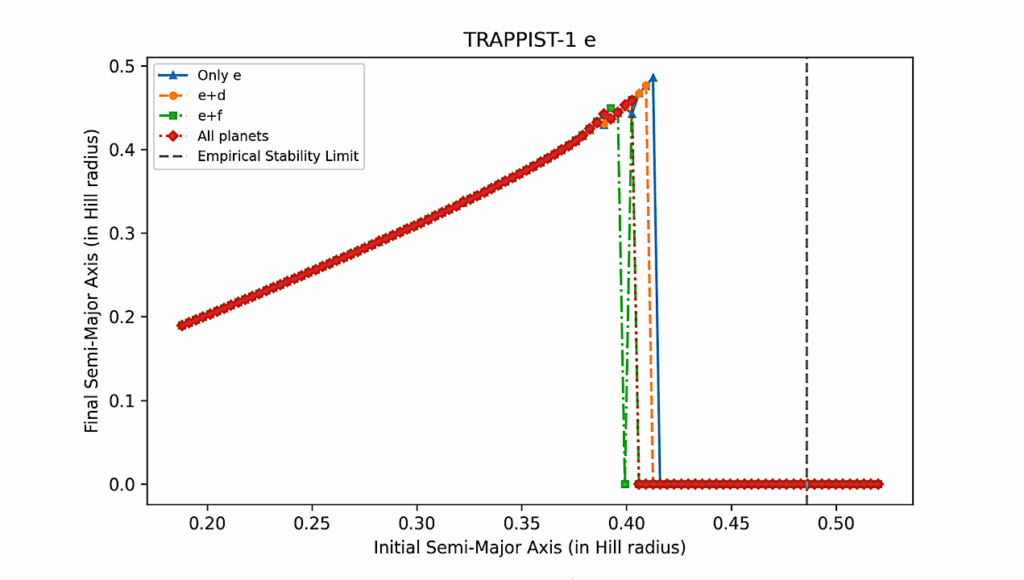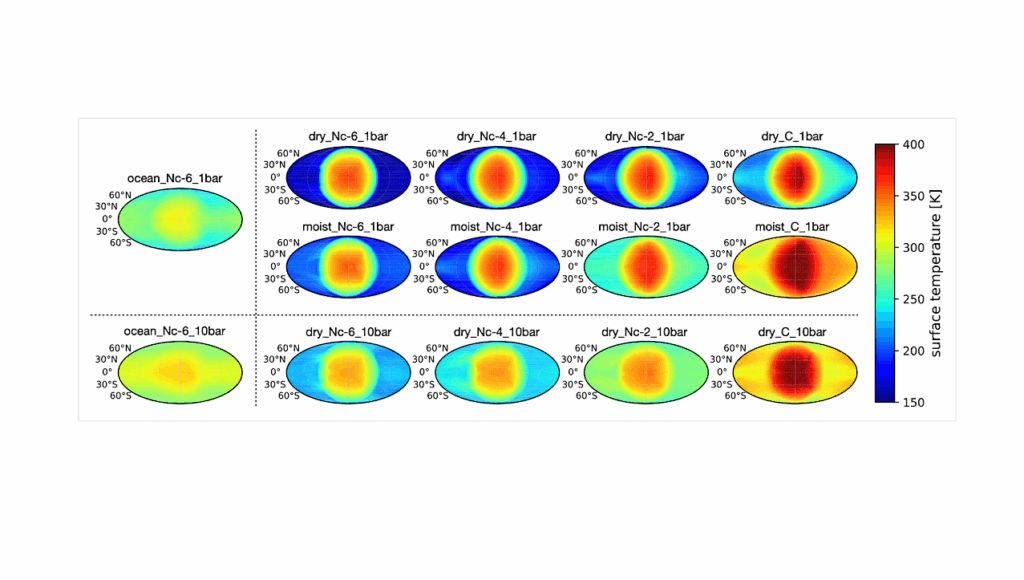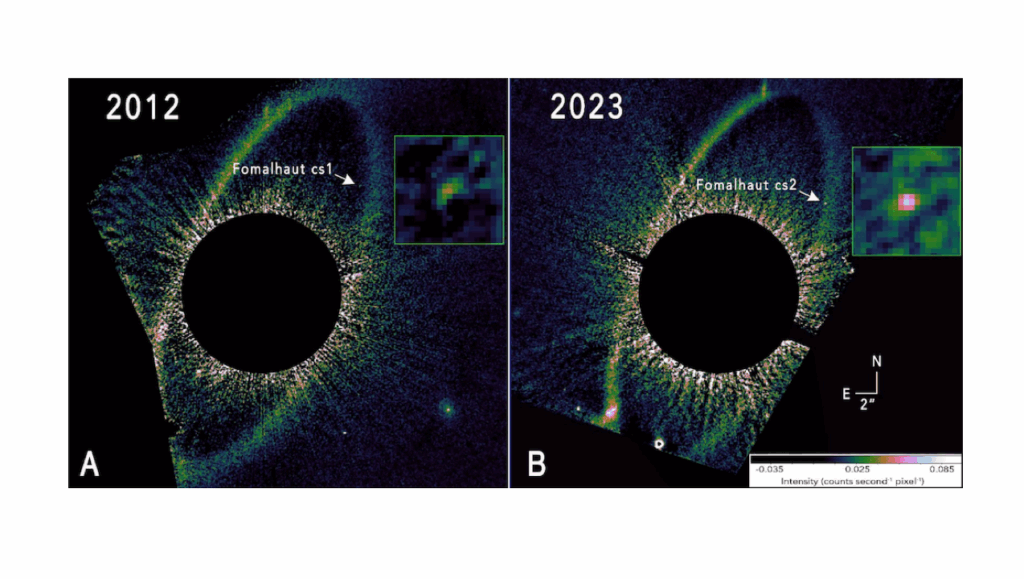Enhanced Size Uniformity for Near-Resonant Planets

Super-Earths within the same close-in, compact planetary system tend to exhibit a striking degree of uniformity in their radius, mass, and orbital spacing, and this ‘peas-in-a-pod’ phenomenon itself serves to provide one of the strongest constrains on planet formation at large.
While it has been recently demonstrated from independent samples that such planetary uniformity occurs for both configurations near and distant from mean motion resonance (MMR), the question thus remains if the strength of this uniformity itself differs between near-resonant and non-resonant configurations such that the two modes may be astrophysically distinct in their evolution.
We thus provide in this work a novel comparative size uniformity analysis for 48 near-resonant and 251 non-resonant multi-planet systems from the California Kepler Survey (CKS) catalog, evaluating uniformity both across systems and between planetary pairs within the same system.
We find that while multi-planet configurations exhibit strong peas-in-a-pod size uniformity regardless of their proximity to resonance, near-resonant configurations display enhanced intra-system size uniformity as compared to their analogous non-resonant counterparts at the level of both entire systems and sub-system planetary pairs and chains.
These results are broadly consistent with a variety of formation paradigms for multiple-planet systems, such as convergent migration within a turbulent protoplanetary disk or planet-planet interactions incited by postnebular dynamical instabilities. Nevertheless, further investigation is necessary to ascertain whether the non-resonant and near-resonant planetary configurations respectively evolve via a singular process or mechanisms that are dynamically distinct.
Armaan V. Goyal, Fei Dai, Songhu Wang
Comments: 15 pages, 6 figures. Accepted to ApJ
Subjects: Earth and Planetary Astrophysics (astro-ph.EP)
Cite as: arXiv:2307.15875 [astro-ph.EP] (or arXiv:2307.15875v1 [astro-ph.EP] for this version)
Submission history
From: Armaan Goyal
[v1] Sat, 29 Jul 2023 02:58:15 UTC (633 KB)
https://arxiv.org/abs/2307.15875
Astrobiology








